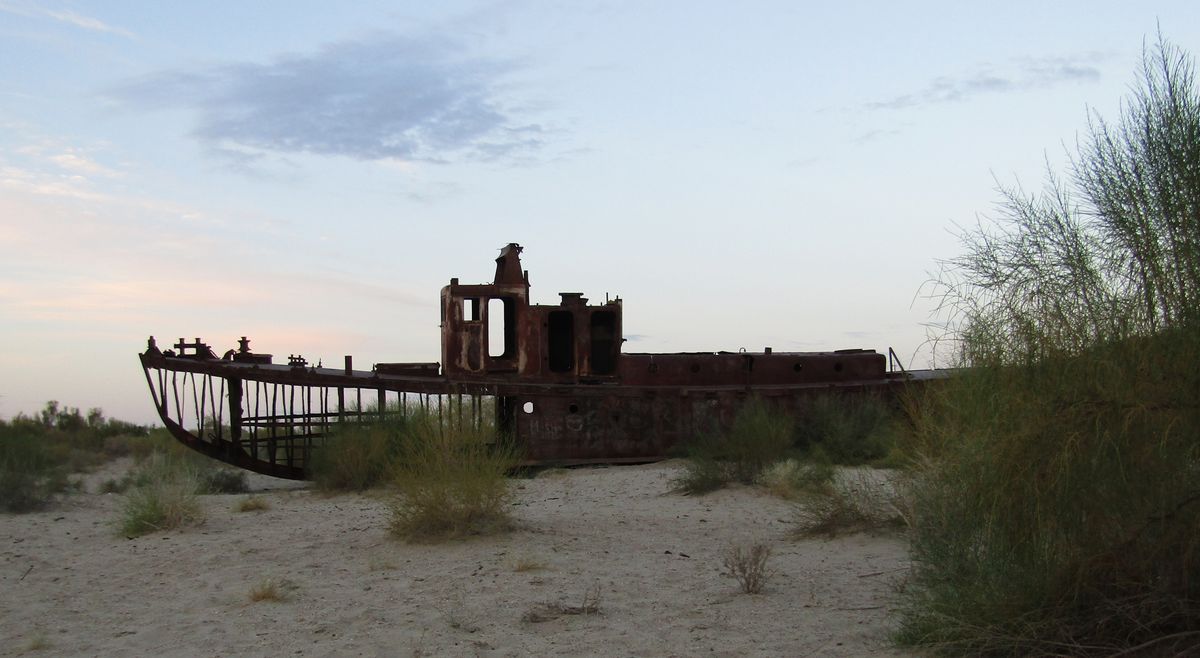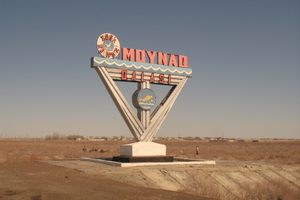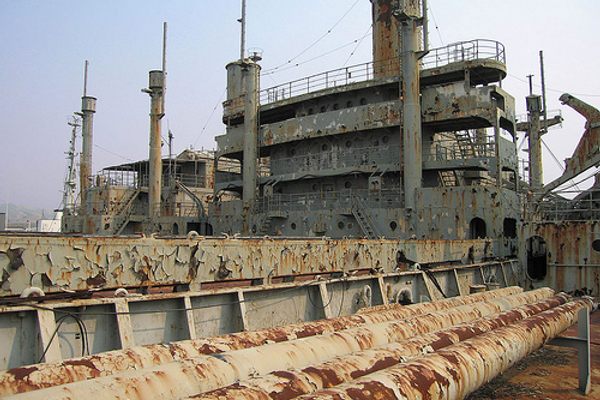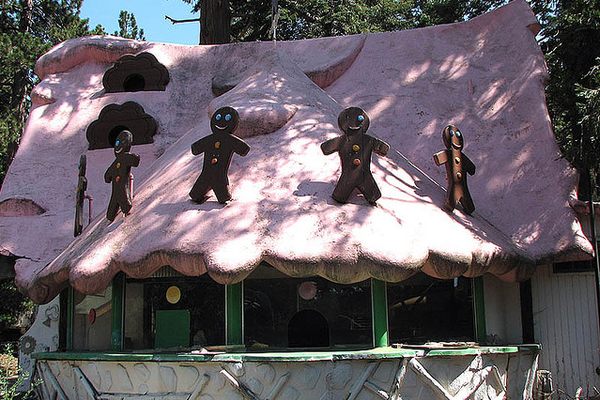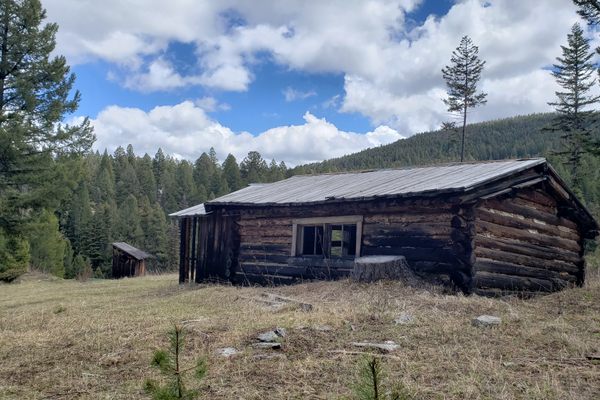About
Moynaq is a city, surrounded by the desert of western Uzbekistan. At first glance, this seems to be one of the many Soviet cities that fell into decline after the collapse of the Soviet Union. But upon closer inspection, one can’t help but notice that there is something strange about Moynaq.
All over the city, displays of fish can be seen on murals, mosaics, posters bleached from the sun, and even on the entrance sign of the city. A monument of a fishing boat sits in front of the government building and a number of closed fish cannery factories dot the landscape - but there is not a single body of water in sight.
Moynaq was indeed once an important fishing town, but the water the city was once located on receded a long time ago. It was the ecological disaster of the Aral Sea, which turned this fishing port into a sunbaked town surrounded by the desert. The shrinking of the Aral Sea is considered one of the most severe anthropogenic ecological disasters of all time. Once one of the world’s four largest lakes, the Aral Sea has shrunk to 10 % of its former size since the 1960s.
No other city around the Aral Sea was affected by this disaster more severely than Moynaq. The water’s edge is now more than 150km away from the city, and the former fishing fleet of Moynaq sits in a surreal setting in the middle of the desert. It is a bizarre, almost post-apocalyptic experience to view Bactrian camels roam around the rusting ships.
When the lake began to recede, the fisherman at first followed the water’s edge, but after a while, the rising salinity levels of the shrinking lake killed off the entire fish population. The ships were simply left in the middle of the desert. Since then, several ships have been collected from the desert and now rest in a "cemetery of ships" at the edge of town. Since fishing was no longer a source of income for the city, the population began to constantly decline for more than three decades. For the last 10 years, oil and gas has been found in the old sea bed of the Aral Sea, and lots of drilling rigs now occupy the empty desert around Moynaq. Nowadays, the town seems to be more alive, with lots of new constructions and buildings in the main street.
Most of the remaining population is involved in the cotton industry of the larger region which, ironically, was responsible for the Aral Sea disaster in the first place. The disaster of the Aral Sea could easily be undone, if the rivers that once fed the sea – most notably the Amu Darya river – were no longer diverted to irrigate the cotton fields. Alas, since the economy of Uzbekistan is rather weak, and alternative sources of income in the poor west of the country are not available, a refilling of the Aral Sea seems highly unlikely.
Related Tags
Central Asia Road Trip: Backroads & Bazaars
A 2-Week, 4-Country Odyssey.
Book NowCommunity Contributors
Added By
Published
May 15, 2014





















